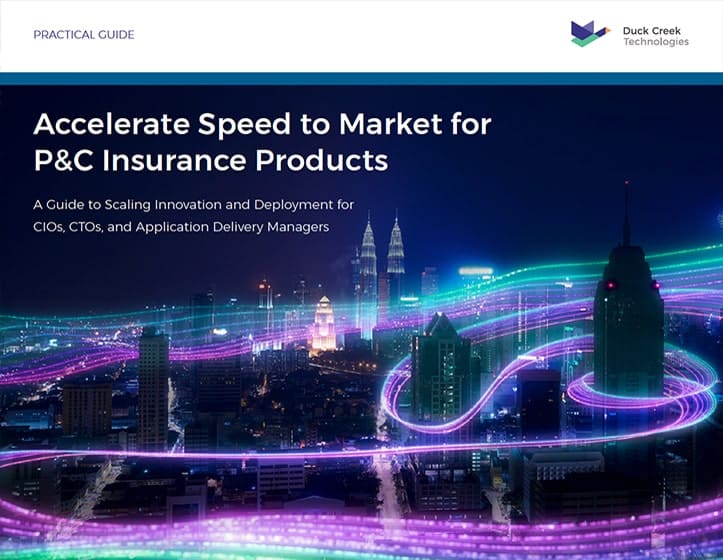In the fast-paced insurance industry, where consumer expectations for speed and convenience are at an all-time high, a single point of failure can be catastrophic. What happens when your payment facilitator goes down?
For many P&C carriers, a single point of failure in their payment system means a complete halt to critical operations. This isn’t just a temporary inconvenience; it’s a direct threat to your revenue, reputation, and most importantly, your ability to serve customers when they need you most.
It’s time to get payment insurance for your insurance payments. Having a robust payment redundancy plan is no longer a luxury—it’s a non-negotiable necessity for modern transaction management.

The Day the Payments Stopped (And the Unprepared Majority)
Imagine this scenario: A major payment provider is hit with a massive DDoS attack. P&C insurance payments for millions of customers worldwide suddenly fail. For carriers tied to that single provider, the entire payment ecosystem stalls. Customers can’t pay their premiums, and, even worse, your ability to disburse critical claims payments grinds to a halt. The ripple effects are immediate and catastrophic.
This isn’t a hypothetical situation; it’s a very real threat in today’s digital world. The question isn’t if your payment facilitator will face an outage, but when.
While some carriers are proactive, a significant portion of the industry remains vulnerable. Based on recent industry surveys and expert analysis, here’s a snapshot of the current situation:
- Mid-to-large carriers: Even among the industry’s heavy hitters, 50-70% of these carriers are still operating with a single payment facilitator. This means a majority are relying on one system for a critical function, exposing them to widespread disruption should that system fail.
- Regional carriers: The risk is even higher in this segment. An overwhelming 75-85% of regional carriers use a single payment processor. Their reliance on legacy payment systems makes them particularly susceptible to technical issues, compounding the danger of a payment outage.
- Global/multi-line carriers: The actions of these industry leaders are a stark warning. They operate with 3–5 payment facilitators not because it’s convenient, but because it’s a strategic necessity. Their multi-PayFac strategy is a clear acknowledgment that a single provider will inevitably experience downtime, and they cannot afford to be paralyzed by it.
Symptoms of Outdated Payment Processing for P&C Carriers
A single-provider payment system may seem to work well most of the time, but it’s a hidden vulnerability. A resilient, modern infrastructure is one that operates seamlessly even when a component fails. So, how can you tell if your payment system is a disaster waiting to happen?
Here are some symptoms to look for:
- Payment Outages Create Total Paralysis: If a payment facilitator goes down, does your entire payment operations grind to a halt? The inability to switch to a backup provider means you have a single point of failure, leaving you completely exposed during a crisis.
- Claims Payment Delays During a Crisis: Do you struggle to make timely claims payments during a catastrophic (CAT) event? A payment system without redundancy can’t scale to meet the sudden surge in demand, forcing you to rely on slow, manual methods just when your policyholders need you most.
- Inflexible Payment Methods: Are you stuck offering only a limited number of payment options? A reliance on one provider often means you can’t offer modern, customer-preferred methods like digital wallets or real-time payments, hindering your ability to meet customer expectations and remain competitive.
- Inability to Adapt to New Regions: Does expanding into a new state or country require a massive system overhaul? A payment infrastructure without redundancy can’t easily integrate with new payment processors needed for regional compliance, creating a significant barrier to growth.
- Regulatory & Security Gaps: Does your single payment provider struggle to keep up with evolving security threats and a patchwork of regional regulations? Relying on one vendor’s security and compliance posture puts all your payment data at risk, rather than leveraging multiple independent layers of defense.
Key Benefits of a Redundant Payment Facilitator Strategy
You might not notice the cracks when everything is running smoothly. Your system is processing payments, premiums are coming in, and the status quo feels comfortable. However, that comfort is an illusion.
Implementing a payment failover plan and disaster recovery for payments delivers a multitude of benefits that go far beyond simple risk mitigation. It’s a strategic move that future-proofs your business and drives growth.
Uninterrupted Service, Even Under Fire
A redundant failover plan is your ultimate defense against disruption. When a hurricane strikes or a cyberattack hits, policyholders need immediate access to funds. A redundancy plan ensures continuous payment uptime, allowing you to get money into your customers’ hands quickly, especially during a catastrophic (CAT) event.
Future-Proofing with Continuous Adaptability
A redundancy plan isn’t just about failover; it’s about freedom from a single provider’s limitations. By maintaining connections to multiple payment facilitators, you can always keep up with consumer expectations, regardless of what’s next. This means you can offer a variety of alternative payment methods, including digital wallets and real-time payments, ensuring your system can adapt to new demands without a costly system overhaul or being tied to a single vendor’s roadmap.
Enhanced Security Through Diversification
No single fraud detection system is perfect. A payment redundancy plan provides a crucial, multi-layered defense. By leveraging multiple payment facilitators, you gain access to different fraud prevention tools and intelligence, protecting your company and your policyholders from increasingly sophisticated payment fraud. This diversified approach makes your entire payment ecosystem more resilient and secure.
Strategic Advantages Beyond Risk Mitigation
A payment redundancy plan also delivers significant benefits to your bottom line and operational efficiency. By leveraging multiple providers, you can strategically route payments to the most cost-effective option, leading to significant cost savings. Furthermore, for carriers involved in mergers and acquisitions, the underlying orchestration technology of a redundancy plan provides a consolidated view of all payment processing, simplifying the M&A process and ensuring seamless integration.
Payment Redundancy: What Features to Look For
In today’s evolving insurance landscape, carriers require more than just transactional solutions. They need a secure, agile, and future-proof approach to global payment processing—packaged in a comprehensive platform that can cater to their unique business needs.
What should you look for in your payment redundancy solution?
- Cloud-native payment facilitation with the tools you need to drive better digital payment experiences and reduce the total cost of ownership of payments.
- Balance traditional with digital, for example ACH and check with native payment types like Apple Pay and PayPal as well as Visa and Mastercard to accommodate a wide range of policyholder preferences.
- API-first technology that supports both collections and payouts and can handle the nuances of different payment types and technologies.
- Reporting tools to aid in processes such as reconciliation, specifically a centralized, holistic view with drill down detail.
- Payment workflow tools to leverage hosted pages, which can be embedded into messaging channels, as well as embedded checkout for a more seamless journey.
- Global coverage for processing multiple currencies across the world, and the scaling needed for multi-national carrier.
- Compliance focus to conform to regulatory standards, such as PCI DSS and GDPR, and balance compliance with speed of delivery.
- Insurance industry specific payment solutions tailored to handle premiums, claims, commissions, and claims-related payments.
Take Control of Your Payment Strategy
Relying on a single, vulnerable payment system isn’t a sustainable long-term strategy. It’s a choice that increases your risk and constrains your growth.
The time to act is now. Don’t wait for a system outage, a major crisis, or an acquisition to expose your payment vulnerabilities. A proactive approach to payment redundancy is the smart, strategic choice for any carrier looking to thrive in a digital-first world.






